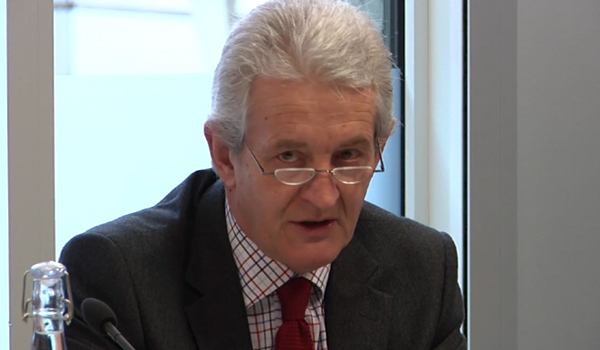Technology
Increased volume of CCTV footage putting strain on police resources
CCTV is a useful source of evidence and intelligence for volume or petty crime incidents, but it presents a number of challenges for CCTV/imaging departments.

Figures show that the average person in the UK may be spotted up to 300 times a day by CCTV, and while some feel that this is an invasion of privacy on a massive scale, others say that the cameras make them feel safer.
Business security systems specialist AlertSystems says it is especially true in areas where there are few police foot patrols. It points out that from 1999 to 2001, £170 million of government money was spent on CCTV systems in cities, towns and some residential areas where crime was prevalent, significantly reducing the publics fear of crime.
The increase in CCTV systems has led to a more effective deployment of police and has improved the response time to a crime. Having detailed information in real-time has enabled law enforcement to deduce how many officers to send to a specific incident thereby increasing the effectiveness of all the members of the force, it says.
AlertSystems suggests that potential criminals are also more aware that the act of being recorded while committing a crime greatly enhances the chances of a successful court conviction. Both public and private 24-hour security systems have had an impact on incidents of theft and vandalism.
However, this increase in available CCTV footage is inevitably placing a strain on police resources.
A recent survey by Dublin-based video technology specialists Kinesense on the use of CCTV in volume or petty crime incidents identified workload as the biggest challenge facing CCTV imaging departments.
Watching vast quantities of video was not the biggest problem, but getting the various different formats into a viewable format so that they can be shared quickly with colleagues while ensuring the chain of evidence.
The report found that, on average, 40 per cent of the working day in the CCTV imaging department was spent getting video into a viewable format. This outweighed other tasks such as making evidential copies and creating court reports. A close second was the task of enhancing or clarifying video images, with the quality of video typically a source of frustration.
Not only is getting video into a viewable format a time-consuming task, but virtually impossible if you dont have the correct player for the video file, says the report.
A study by Kinesenses CTO Dr Mark Sugrue The CCTV file Format Minefield reveals there are more than 3,000 different video file formats, most of which require proprietary players to open and view the video. However, most police forces can access only 150 formats or fewer.
The number of formats an agency has to deal with depends on what CCTV digital video recorders (DVRs) are installed in their area.
The survey highlights that mapping CCTV and formats would be a useful. Kinesense says if the mapping software is linked to a video investigation platform, the map can be automatically updated when new evidential information is entered.
A centrally-stored library of players would also allow users access to all data and enable the launch of any third-party player.
Key requirements identified in the survey:
Enforce a standard video file format for DVR manufactures;
Map CCTV and provide for direct link access to video;
Mandate training hours for officers and devise a standardised training programme;
Invest in viewing facilities for officers and courts;
Enable officers to view and convert video locally and have more complex tasks completed by specialists;
Eliminate DVD creation;
Standardise presentation formats for court purposes;
Create an international portal for new file formats and player software;
Create a working group to highlight good and bad practices in dealing with CCTV; and
Promote best evidence video.
Police officers in Australia will soon be able to view CCTV footage live on their tablet devices and smartphones.
It is part of Brisbane City Councils A$970,000 investment to upgrade the citys CCTV network under a City Safe programme.
This system is part of a concerted effort to reduce criminal activity. Police o


